By Procrustes, 11 August 2021
In another of its Defence Deconstructed podcast series, the Canadian Global Affairs Institute produced an interesting ‘Deep Dive of the Canadian Surface Combatant’ on 23 July 2021. (See https://www.cgai.ca/deep_dive_on_the_canadian_surface_combatant)
The podcast interview featured Mr. Troy Crosby, Acting Assistant Deputy Minister of DND’s Materiel Group, and Mr. Alan Williams, an outspoken critic of the CSC process. The podcast is well worth listening to in its entirety, but a few aspects stand out.
Crosby stated that the CSC was currently in a Preliminary Design Readiness Phase which should be completed by the end of 2021. He then noted that a Production Readiness Phase would follow which would involve the construction of a dry land production test module which should be completed before the end of 2023 and would focus on the integration of different ship elements, above all the combat systems. He then expected that actual construction of the first CSC would begin in 2024.
Williams reiterated his central argument that the CSC bid process was fundamentally flawed and biased and has resulted in expected total life-cycle costs in excess of $225 billion, which, he argued was “totally unaffordable”. He also challenged Mr. Crosby to point out where his figures were wrong, and if they were not fundamentally wrong, he asked where should Canada be headed now.
Crosby stated that the CSC acquisition costs were “still in line with” the estimates of the 2017 ‘Strong, Secure, Engaged’ document, and pointed out that there was a lot of uncertainty surrounding the long-term CSC in-support costs, but added that there was a 15-20 per cent contingency built into the current CSC budget. Williams stated that the Parliamentary Budget Officer should have been asked to analyze these total life-cycle costs in his latest CSC cost update.
Williams then proceeded to outline his four main arguments concerning why he believed the CSC competition was fatally flawed from the outset:
A. The CSC Statement of Requirements (SOR) was never finalized and signed off within DND before it went out to industry. He likened this to the fox being in charge of the henhouse and wonders whose requirements, exactly, were being reflected in the Request for Proposals (RFP).
B. From this last point, he argued that a RFP with a “a pretty rigid budget” was never promulgated, and noted that a CSC weight increase of some 44 per cent has added at least $11-12 billion to the CSC costs, and this in turn has lead to escalating overall CSC acquisition costs.
C. He contended that an open, transparent and fair bid process was undermined at the outset when Ottawa mandated that Irving Shipbuilding Industry (ISI) was to be the prime contractor. This decision guaranteed that all the foreign bidders were from that point obligated to accede to ISI’s preferences in suppliers rather than being left with room to line up their own preferred suppliers.
D. Finally, the bids were not evaluated against the SOR by DND but instead ISI has supervised the bidding process.
Williams concluded that the overall result is an unaffordable CSC design whose life-cycle costs of some $240 billion (his rough order of magnitude (ROM) guesstimate) will consume more than the all the funds set aside for the army, navy, and air force combined. Moreover, he suggested that, even under the best-case scenario, it would be more than 20 years before the CAF received their first CSC, an outcome he argued both “boggles the mind” and was “unconscionable”.
In response to repeated requests by David Perry, the host interviewer, and Alan Williams, to provide a current approximation of the total costs of CSC, Crosby flatly refused to be drawn into any such exercise, stating that it would not be “appropriate” to where the CSC now stands, and, in any case, would not be “helpful” to Cabinet decision-makers or to the Canadian public. So much for openness and transparency!
Crosby did allow that a series of batches for the CSC was most likely, and that it was not impossible to imagine that the last CSC to be built would still be seeing active service in 2100.
By the end of the podcast, the listener might be forgiven for taking Crosby’s arguments to mean that Canadians should be content to realize that the guiding policy document for the CSC project – ‘Strong, Secure, Engaged’ – was still valid and had foreseen all relevant mission, funding and cost eventualities not only for today, but through to the 2050s. In addition, once the CSC build is completed, Ottawa could have a better idea of what it will cost!
A dispassionate assessment of SSE might conclude that the Canadian military is hardly strong and Canada is less than secure in a covid-ravaged world. Moreover, in a recent Maclean’s article, journalist Paul Wells suggests that Canada is barely engaged in the world, and just maybe Canadians like it that way. (See Paul Wells, “Justin Trudeau puts his (small) mark on the world,” Maclean’s, 9 August 2021, https://www.macleans.ca/politics/justin-trudeau-puts-his-small-mark-on-the-world/)

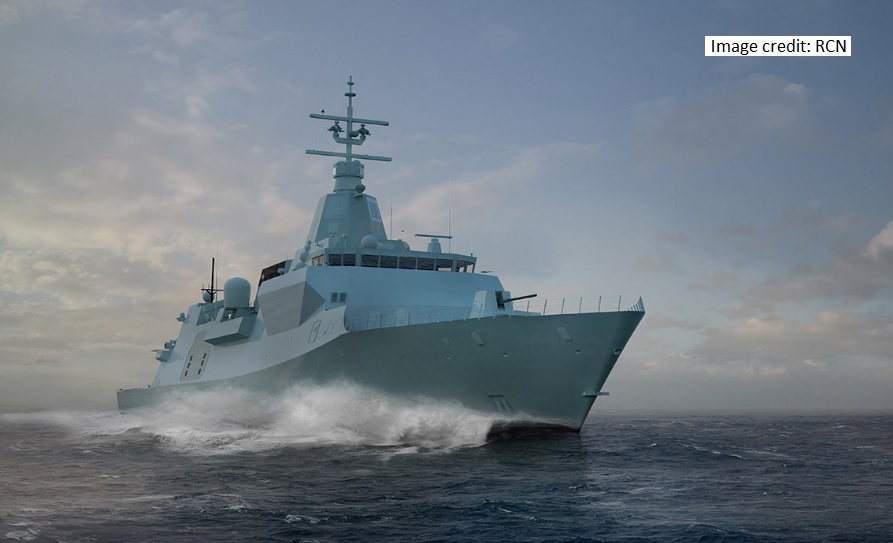
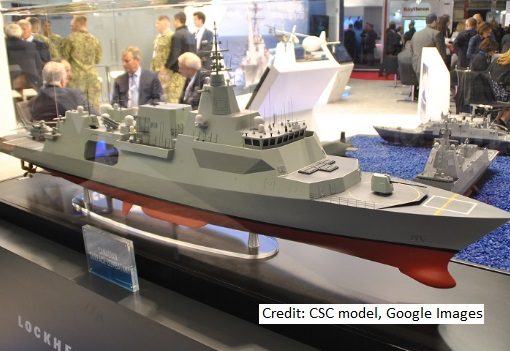
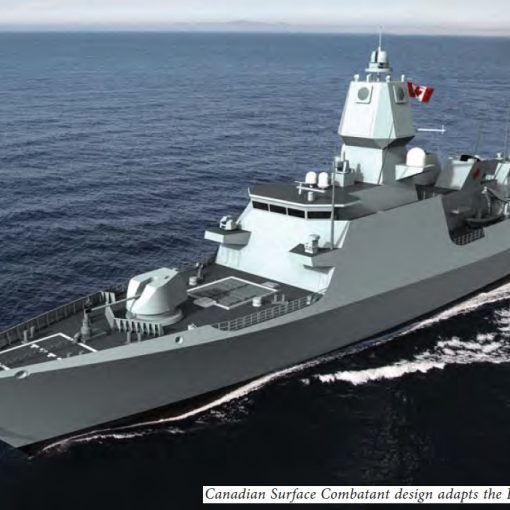
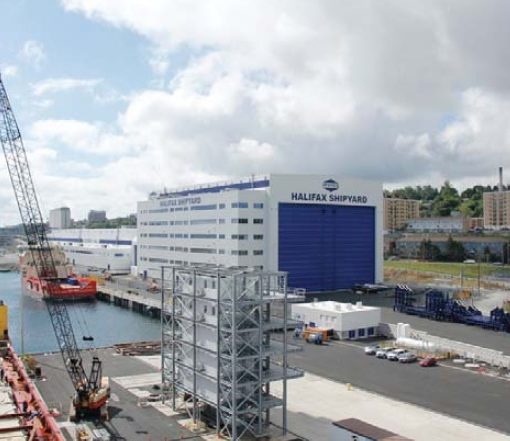
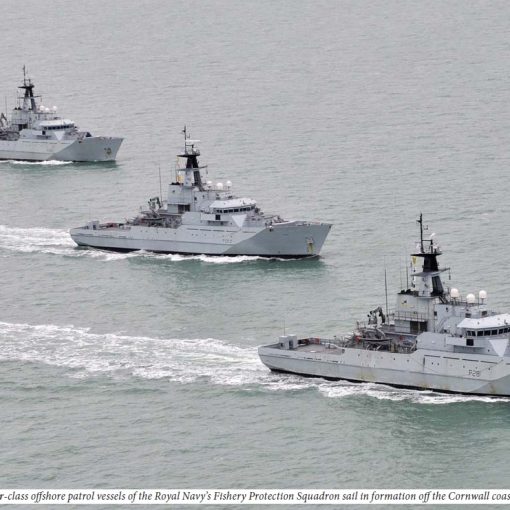
One thought on “More on CSC … Canadians Need Not Enquire”
An expanded version of Williams’ views on the flaws of the CSC process can be read in the latest Canadian Defence Review, “Why It’s Urgent that the CSC Procurement be Overhauled Now”, Vol. 27, No. 4 (2021), 104-106.